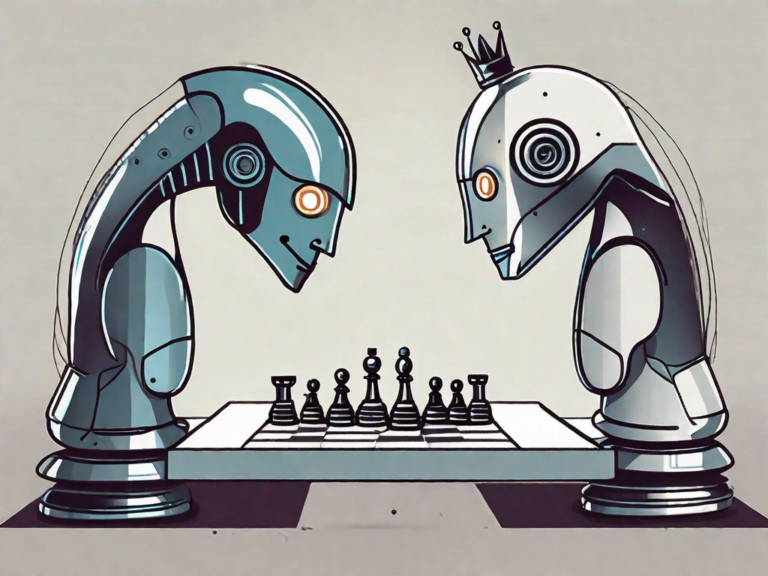Artificial Intelligence (AI) has revolutionized many aspects of our lives, and one of the most significant advancements in this field is the development of language models like ChatGPT and AutoGPT. These models have transformed the way we interact with machines, making them more human-like and intuitive. But how do these two models compare? Let’s delve into a comparison of ChatGPT and AutoGPT.
Understanding ChatGPT
ChatGPT, developed by OpenAI, is a language model designed to generate human-like text based on the input it receives. It uses a machine learning technique known as a transformer, which enables it to generate coherent and contextually relevant responses.
One of the key features of ChatGPT is its ability to maintain a conversation. It can understand the context of a discussion and respond accordingly, making it ideal for applications like customer service bots, personal assistants, and more.
Strengths of ChatGPT
ChatGPT’s primary strength lies in its conversational ability. It can generate responses that are not only contextually relevant but also engaging, making it feel like you’re conversing with a human.
Another strength of ChatGPT is its versatility. It can be used in a wide range of applications, from answering customer queries to helping users write emails or articles.
Limitations of ChatGPT
Despite its strengths, ChatGPT has its limitations. One of the main drawbacks is that it can sometimes generate responses that are nonsensical or irrelevant. This is because it doesn’t understand the content it generates; it merely predicts the next word based on the input it receives.
Another limitation is that it can sometimes be overly verbose, providing more information than necessary. This can make its responses difficult to understand or follow.
Understanding AutoGPT
AutoGPT is an open-source language model based on OpenAI’s API for GPT-4. It’s designed to automate the process of generating text, making it ideal for tasks like content creation and data entry.
AutoGPT uses a similar machine learning technique as ChatGPT, but it’s specifically optimized for automation. This means it can generate large amounts of text quickly and efficiently, making it a valuable tool for businesses and individuals.
Strengths of AutoGPT
One of the main strengths of AutoGPT is its speed. It can generate text much faster than a human, making it an efficient tool for content creation.
Another strength is its consistency. Unlike humans, AutoGPT doesn’t get tired or make mistakes due to fatigue. This means it can produce high-quality content consistently, regardless of the volume of work.
Limitations of AutoGPT
Like ChatGPT, AutoGPT also has its limitations. One of the main drawbacks is that it lacks the conversational ability of ChatGPT. While it can generate text based on input, it doesn’t have the same level of contextual understanding, making its responses less engaging.
Another limitation is that it can sometimes generate text that’s too generic or that lacks personality. This is because it doesn’t understand the nuances of human language and communication.
ChatGPT vs AutoGPT: The Verdict
Both ChatGPT and AutoGPT have their strengths and limitations, and the choice between the two largely depends on the specific needs of the user. If you need a tool for engaging, human-like conversation, ChatGPT is the better choice. If you need a tool for automating content creation or data entry, AutoGPT is the more suitable option.
Ultimately, both models represent significant advancements in the field of AI and have the potential to transform the way we interact with machines. As these models continue to evolve, we can expect them to become even more sophisticated and versatile, opening up new possibilities for human-machine interaction.
 Dianne Pena
Dianne PenaDianne is SitePoint's newsletter editor. She especiallly loves learning about JavaScript, CSS and frontend technologies.





